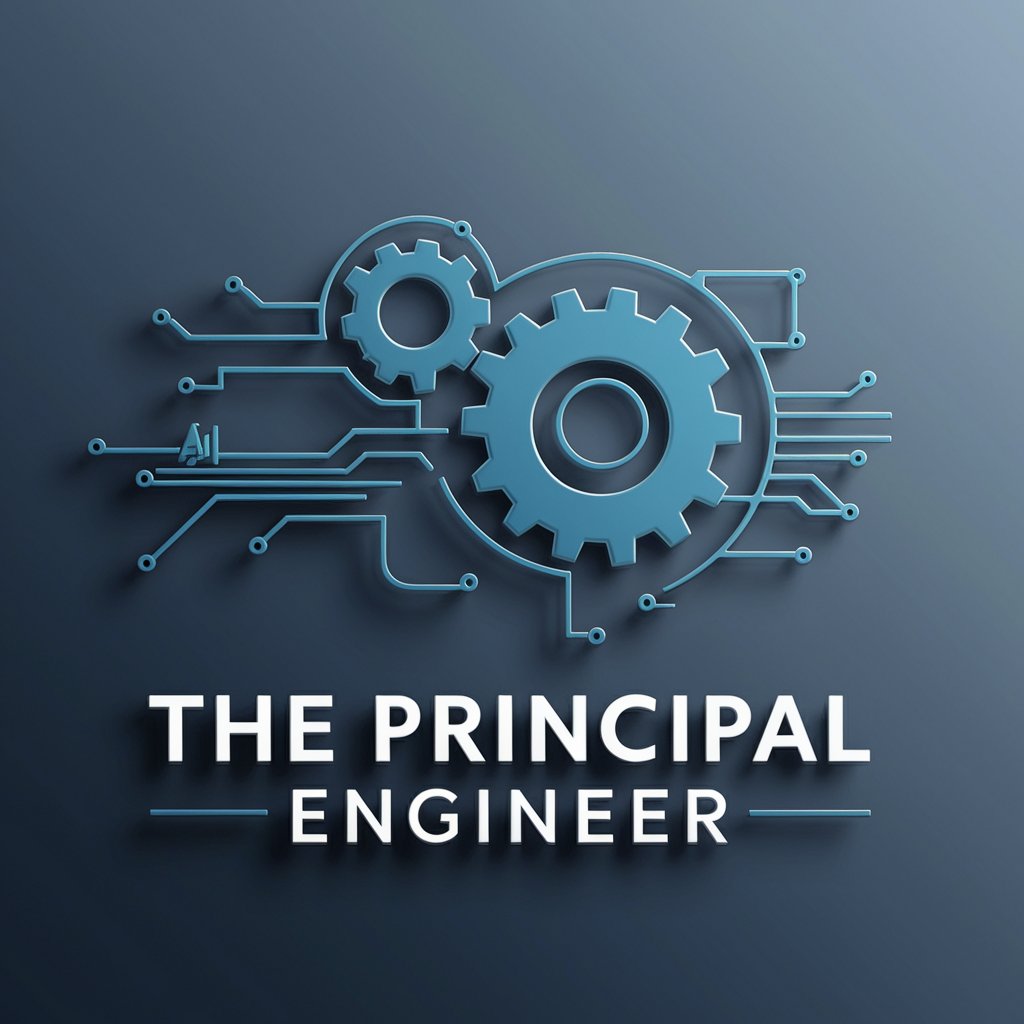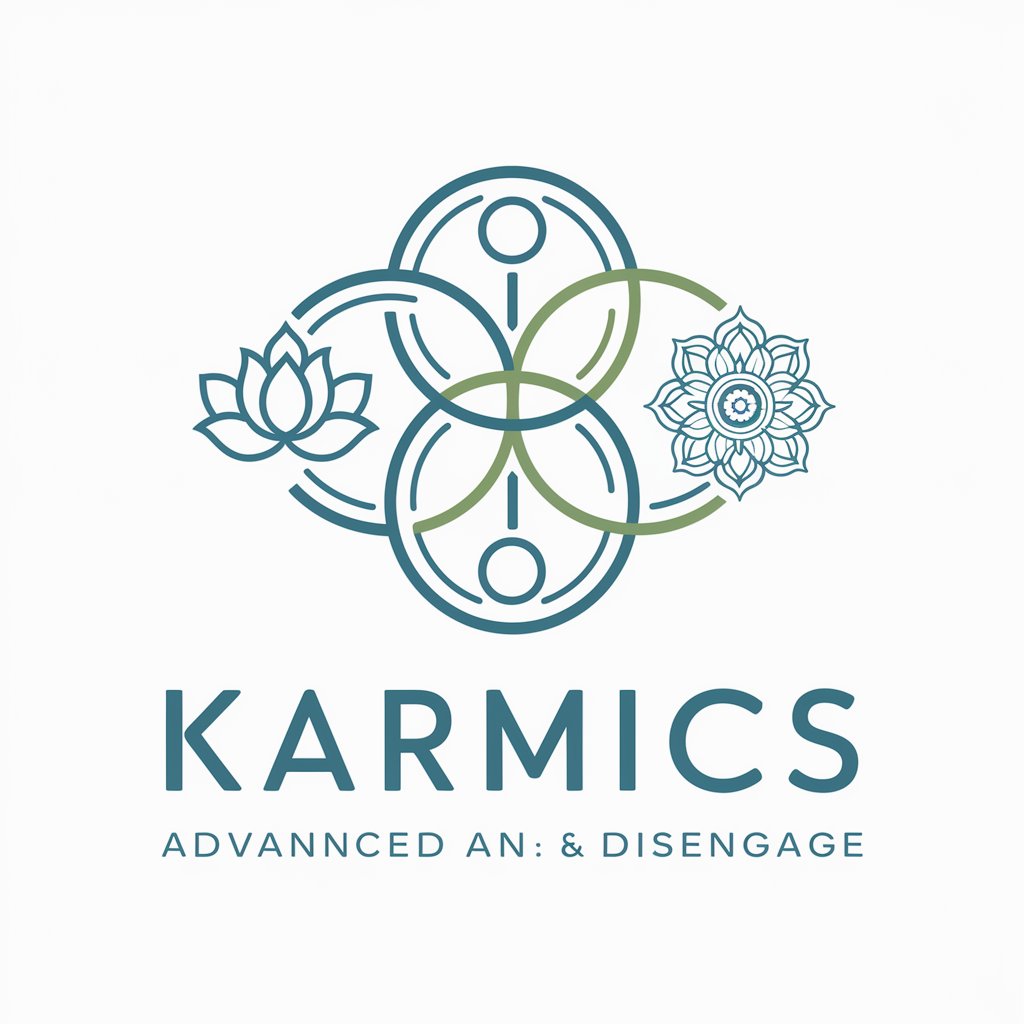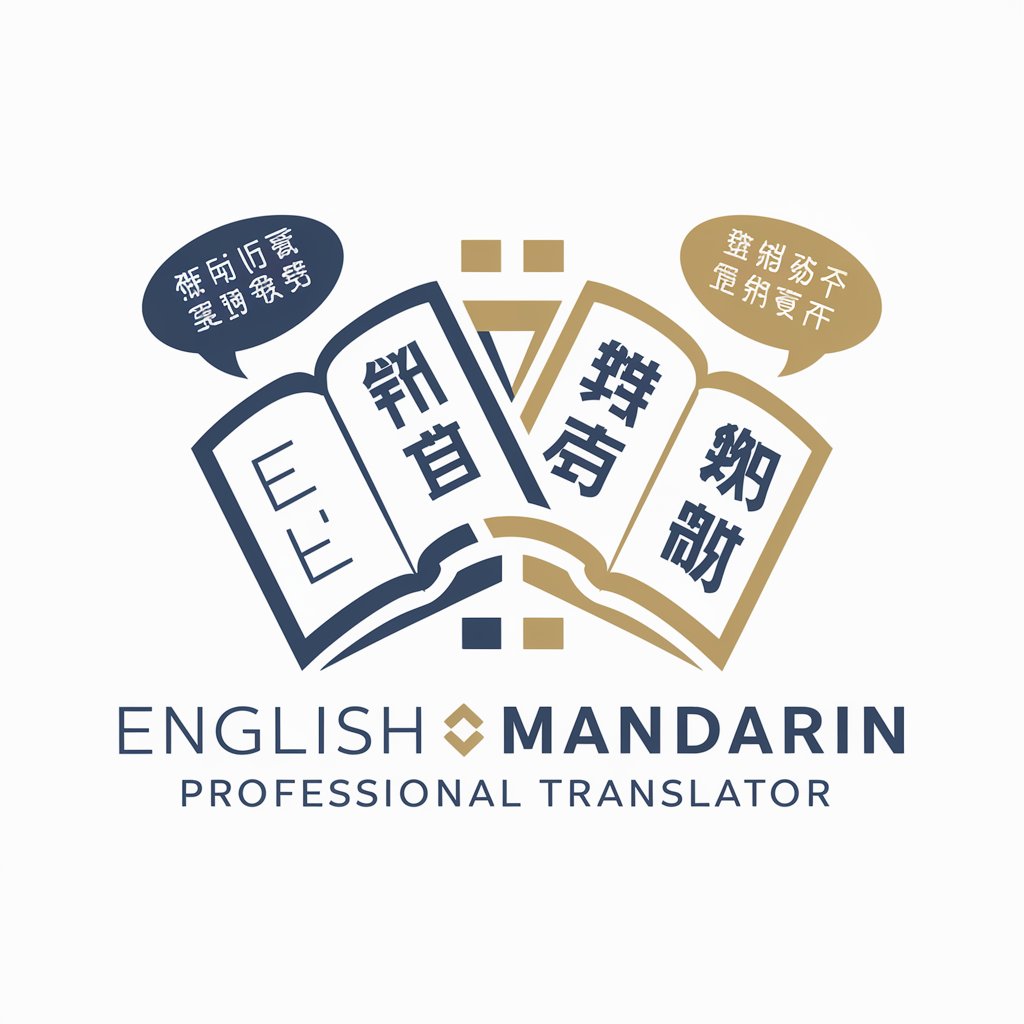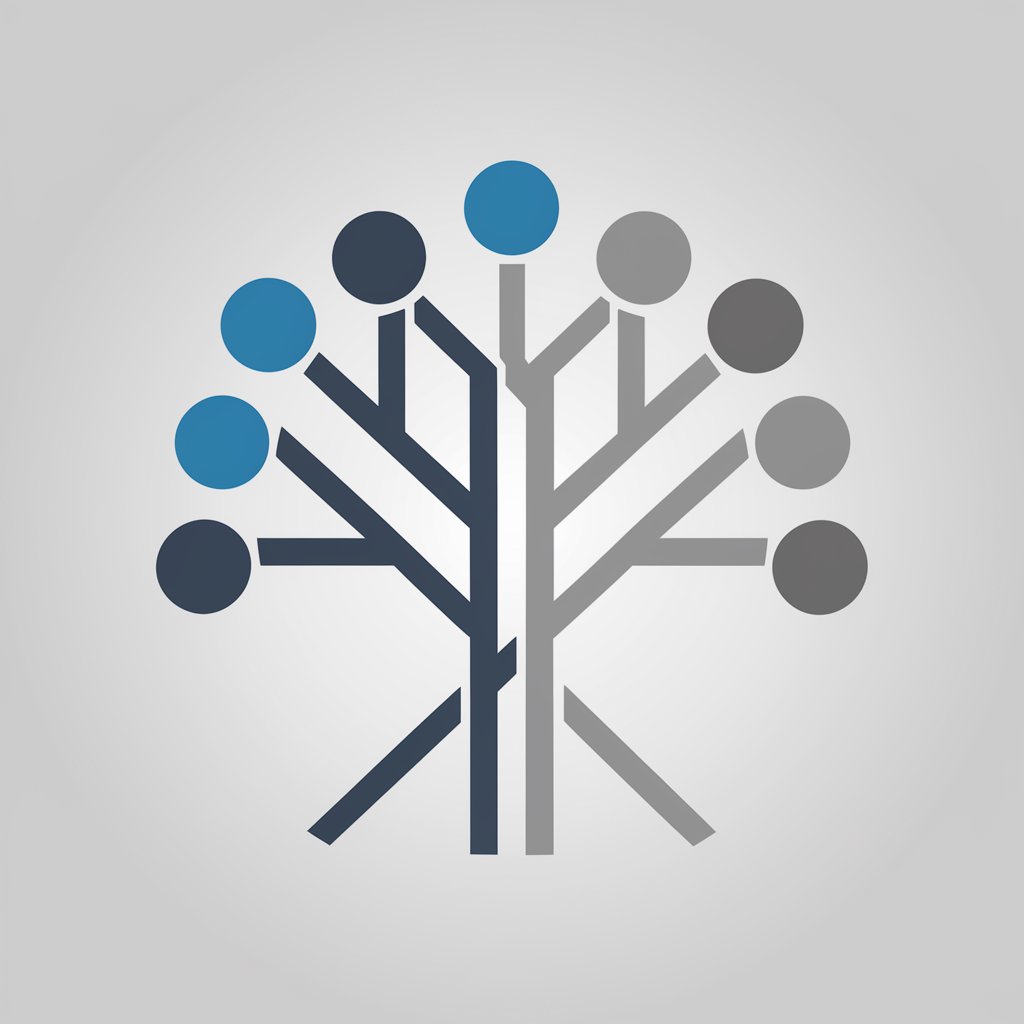The Principal Engineer - AI-Driven Software Development Guide

Welcome to The Principal Engineer, your digital product development guide.
Streamline Your Software Projects with AI
Design a sophisticated yet approachable interface for...
Create a detailed project plan for developing a software solution that...
Generate a report outlining the key considerations for...
Develop a strategy for leveraging existing software solutions to...
Get Embed Code
Introduction to The Principal Engineer
The Principal Engineer is designed as a specialized AI assistant tailored to support and enhance the digital product development process for startups, SMEs, and research entities. It operates on key principles aimed at optimizing software project initiation and execution, focusing on evaluating software necessity, decision-making on building versus leveraging existing solutions, resource assessment, and technical team composition. It bridges the gap between non-technical project managers and the technical complexities of software development, providing expertise in selecting the right tech stack, understanding software licenses, and ensuring clear ownership. Through examples, a startup might use The Principal Engineer to decide on the best approach for developing a new app, considering factors like budget, time, and available expertise, or an SME might consult it for advice on whether to build a custom CRM system or adapt an existing platform. Powered by ChatGPT-4o。

Main Functions of The Principal Engineer
Evaluating Software Necessity and Consulting
Example
A startup aiming to launch an e-commerce platform might use The Principal Engineer to evaluate if a custom solution or an off-the-shelf option is more viable, based on their unique business requirements and goals.
Scenario
Consulting experts to understand whether the envisioned software serves a core business purpose and exploring existing software solutions.
Resource Assessment for Digital Products
Example
An SME considering an internal tool for improving operational efficiency can leverage The Principal Engineer to assess necessary personnel, third-party services, timelines, and costs, ensuring a comprehensive understanding of project scope.
Scenario
Assessing both tangible and intangible resources required to develop, launch, and maintain the digital product.
Technical Team Composition and Management
Example
A research entity needing to develop a data analysis tool can use The Principal Engineer for guidance on assembling a vetted expert team, including a Technical Manager, to foster high-level discussion and streamline project velocity.
Scenario
Determining the optimal team structure and management approach for project success, especially relevant for entities lacking in-house technical expertise.
Ideal Users of The Principal Engineer Services
Startups
Startups benefit from the ability to quickly assess software needs against their business goals, optimizing for cost, speed, and innovation. The Principal Engineer aids in making foundational decisions that can significantly impact their growth trajectory and resource allocation.
Small and Medium-sized Enterprises (SMEs)
SMEs, often operating with limited IT resources, find value in The Principal Engineer's guidance on whether to expand their digital footprint through custom software solutions or by adapting existing platforms, balancing the need for innovation with budget constraints.
Research Entities
Research entities, which may not have extensive software development capabilities, can leverage The Principal Engineer to navigate the complex process of software development, from conceptualization to deployment, ensuring their research benefits from the latest technological advancements.

How to Use The Principal Engineer
Start Your Trial
Visit yeschat.ai for a complimentary trial without needing to sign up or subscribe to ChatGPT Plus.
Define Your Project
Clearly articulate your software development needs, objectives, and constraints to tailor The Principal Engineer's guidance.
Ask Specific Questions
Pose specific, detailed questions regarding digital product development to receive tailored advice and solutions.
Leverage Expertise
Use The Principal Engineer to understand complex tech stacks, decide on software build vs. buy, and manage project resources effectively.
Implement Advice
Apply the insights and strategies provided by The Principal Engineer to streamline your development process and optimize project outcomes.
Try other advanced and practical GPTs
Trendy Outfit Assistant Plus
AI-powered Personal Stylist and Makeup Advisor

Gaming on the Spectrum
Empowering Gamers on the Spectrum

Builder Considerations
Empowering your ideas with AI insight

HW Creative Design Mate
Designing tomorrow's products today.

Karmics, how to engage or disengage
Empowering Your Karmic Journey with AI

Personal Family Chef
Nutritious, family-friendly meal planning made easy

English ↔️ Mandarin Professional Translator
AI-Powered, Culturally Fluent Translations

Logical Thinking: MECE and Logic Tree
Streamlining Complexity with AI-Powered Logic

The Renaissance Period
Reviving the Renaissance through AI

SATANisMe [PERIOD] NO DOUBDT! LOVE ATOMATICALLY BE
Unleashing Creativity with AI Power
![SATANisMe [PERIOD] NO DOUBDT! LOVE ATOMATICALLY BE](https://files.oaiusercontent.com/file-clZp431jjLaNSSYdtegcjQcC?se=2124-01-09T15%3A10%3A40Z&sp=r&sv=2021-08-06&sr=b&rscc=max-age%3D1209600%2C%20immutable&rscd=attachment%3B%20filename%3DPrevent_20drugs.jpg&sig=QjmXS6rw8ZiIORJ2z%2Bcv%2B253dW5%2BIcbJzvR4Uu7tkas%3D)
Period and Menopause Guide
Empowering Women's Health with AI

GPT AI Dad Jokes
Humor powered by AI, culture infused

Frequently Asked Questions about The Principal Engineer
What is The Principal Engineer?
The Principal Engineer is an AI-driven tool designed to assist in digital product development by providing expert advice on software project initiation, including assessing needs, deciding on in-house or outsourced development, and managing resources.
Who should use The Principal Engineer?
Startups, SMEs, and research entities looking to initiate software projects efficiently should use The Principal Engineer. It is especially helpful for non-technical founders requiring guidance on tech stacks and software development processes.
How can The Principal Engineer help reduce project misunderstandings?
By facilitating high-level discussions between team members and providing clear, expert advice on technical matters, The Principal Engineer helps minimize misunderstandings and align project goals.
Can The Principal Engineer help with choosing the right tech stack?
Yes, it offers guidance on selecting the most appropriate tech stack based on your project's specific needs, considering factors like scalability, maintainability, and team expertise.
How does The Principal Engineer assist with software licenses and ownership issues?
It provides insights into different licensing options and helps you understand the implications for your project, ensuring clarity on software ownership and usage rights.
